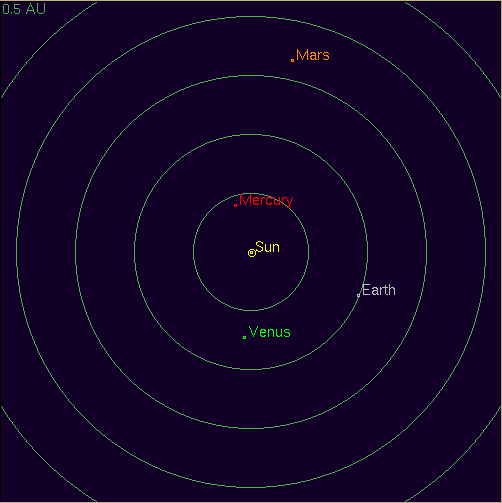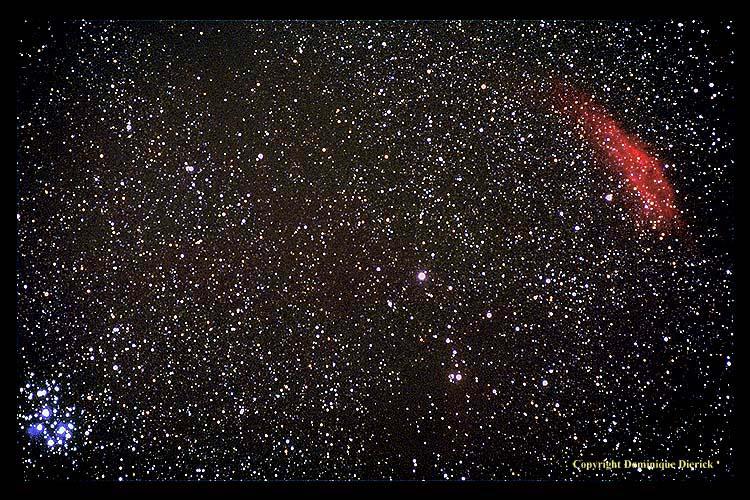
 Copyright © Michael Richmond.
This work is licensed under a Creative Commons License.
Copyright © Michael Richmond.
This work is licensed under a Creative Commons License.
There are many sub-disciplines within the science of astronomy. One way to classify them is by the distance of the objects studied:
Astronomy courses at RIT follow this method of organization:
There is no lab course offered for the Extragalactic Astronomy course because almost all extragalactic objects are too faint to see and study easily with the RIT Observatory.
This course assumes that you have some basic knowledge of astronomy. For example, you should know that the Earth orbits around the Sun

that the Sun is a star

that there are lots of other stars, much farther away than the Sun

and that stars are bound together into very, very large collections called galaxies
Most scientists use the metric system to describe length, width, mass, energy, etc. Astronomers sometimes use the ordinary metric units, but most of the time they stick to special quantities. Why?
Well, it's mostly for convenience. Many celestial objects are much, much larger than a meter. For example, the Sun has a radius of about 696000000 meters. How does that compare to the radius of the star Sirius, which is about 1110000000 meters? It's not easy to tell at first glance. However, if we measure the sizes of stars with a unit of one solar radius, i.e.,
1 solar radius = 696,000,000 meters
then it is very easy to compare two stars:
the Sun has a size of 1 solar radius,
and Sirius has a size of 1.6 solar radii.
Below are some of the units you will see in this course. For some calculations, you will have to convert them into the standard metric units of meters, kg, etc.
to measure use approx equal
---------------------------------------------------------------
distance solar radius 6.7 x 10^8 m for stars
light year 10^16 m
parsec (pc) 3.1 x 10^16 m for nearby stars
kiloparsec (kpc) 3.1 x 10^19 m for distant stars
megaparcsec (Mpc) 3.1 x 10^22 m between galaxies
mass solar mass 2 x 10^30 kg for stars
Jupiter mass 2 x 10^27 kg for planets
luminosity solar luminosity 4 x 10^26 Watts
speed km/sec 2200 mph
speed of light (c) 3 x 10^8 m/s = 3 x 10^5 km/s
You may see these metric prefixes used in some places:
name abbreviation multiplier ------------------------------------------------ giga- G 10^9 mega- M 10^6 kilo- k 10^3 milli- m 10^(-3) micro- u (sort of) 10^(-6)The "u" in the table for "micro-" is supposed to represent the Greek letter "mu", which looks like this:
If you don't understand the scientific notation used in the tables above (that is, the symbols like 10^6), please come to see me during the first week of classes!
 Copyright © Michael Richmond.
This work is licensed under a Creative Commons License.
Copyright © Michael Richmond.
This work is licensed under a Creative Commons License.